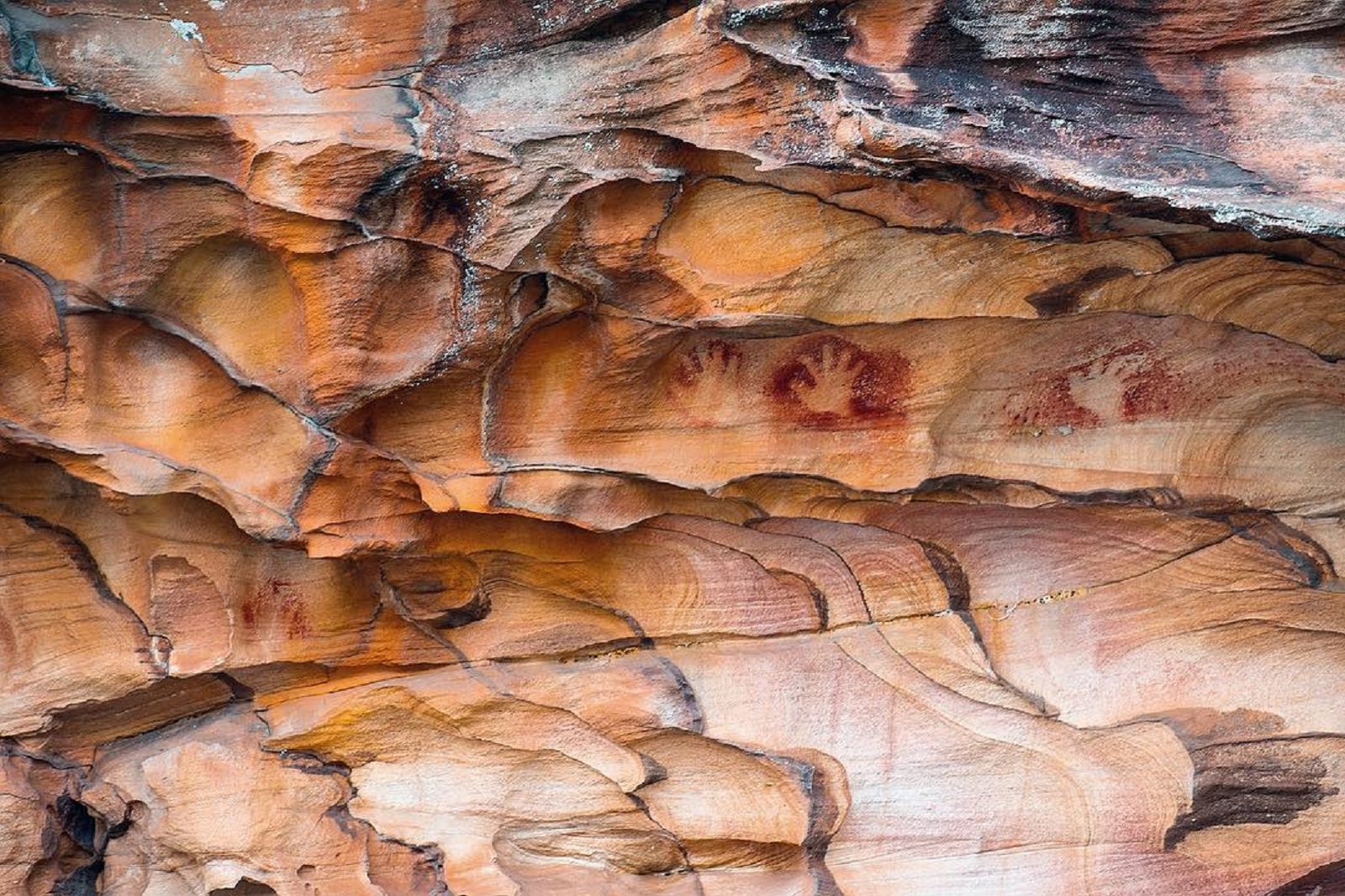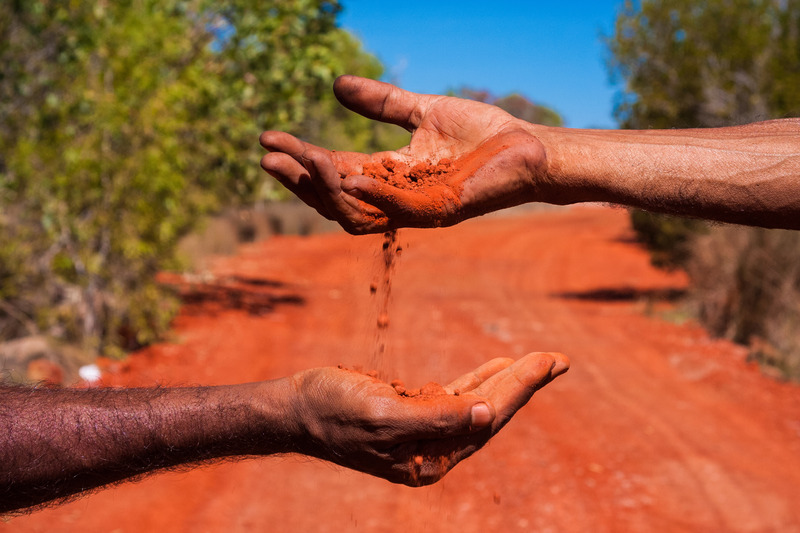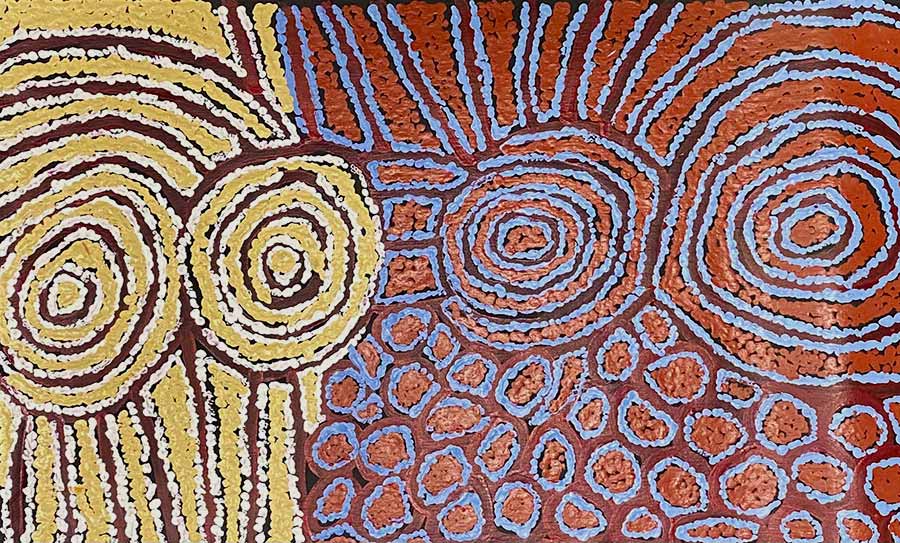Respecting the Sacred: Understanding and Protecting Aboriginal Sacred Sites
Respecting the Sacred: Understanding and Protecting Aboriginal Sacred Sites

The Australian landscape is rich with stories, traditions, and a deep spiritual connection to the land. For Aboriginal and Torres Strait Islander peoples, this connection is embodied in sacred sites, places of immense cultural and spiritual significance. These sites are not merely landmarks; they are living repositories of history, knowledge, and ancestral wisdom. Understanding and respecting these sacred sites is crucial for fostering a harmonious relationship between Indigenous Australians and the wider community.
What are Aboriginal Sacred Sites?
Related Articles: Respecting the Sacred: Understanding and Protecting Aboriginal Sacred Sites
- The Tugagal Totem: Unraveling The Mystery Of The Pacific Northwest’s Mystical Figure
- Brisbane’s Hidden History: Unveiling The Jagera And Turrbal Legacy
- Unlocking The Spirit World: A Comprehensive Guide To Aboriginal Totem Animals
- Navigating The Australian Table: Uncovering The Taboo Foods
- Raising Your Aussie Garden: Can You Use Straw Bales For Native Plant Beds?
Aboriginal sacred sites encompass a vast array of locations, each imbued with unique meaning and significance. They can be natural features like mountains, rivers, caves, and rock formations, or man-made structures like burial grounds, ceremonial areas, and art sites. These sites are not just places of physical significance; they are imbued with ancestral spirits, stories, and traditions passed down through generations.
Examples of Aboriginal Sacred Sites:
- Uluru (Ayers Rock): This iconic monolith is a sacred site for the Anangu people, representing the ancestral being Liru.
- Kakadu National Park: This vast park is home to numerous rock art sites, burial grounds, and ceremonial areas, all holding profound significance for the traditional owners.
- Sydney Harbour: The Harbour Bridge and Opera House are built on land that was once a sacred site for the Gadigal people, who had a strong connection to the water and the surrounding landscape.
- The Sydney Basin: This area contains numerous archaeological sites and rock art sites, including the significant site of "The Rocks" in the city centre.

The Importance of Aboriginal Sacred Sites
The significance of Aboriginal sacred sites goes beyond mere historical or cultural value. They are:
- Spiritual Connection: These sites are the physical embodiment of ancestral beings, stories, and creation myths, providing a tangible link to the past and a spiritual connection to the land.
- Cultural Identity: Sacred sites are integral to Aboriginal and Torres Strait Islander cultural identity, fostering a sense of belonging and connection to their heritage.
- Knowledge Transmission: They serve as repositories of traditional knowledge, including ecological understanding, medicinal practices, and storytelling traditions.
- Ceremonial and Ritual Practices: Many sacred sites are used for ongoing ceremonial and ritual practices, ensuring the continuity of cultural traditions.
- Environmental Stewardship: Sacred sites often reflect a deep understanding of the natural world and its interconnectedness, promoting responsible environmental practices.

Threats to Aboriginal Sacred Sites

Despite their immense cultural and spiritual significance, Aboriginal sacred sites face numerous threats:
- Development and Infrastructure: Urban sprawl, mining, and infrastructure projects can encroach upon sacred sites, disrupting their integrity and causing cultural harm.
- Tourism: While tourism can provide economic benefits, it can also lead to disrespect, damage, and the commodification of sacred sites.
- Climate Change: Rising sea levels, droughts, and extreme weather events can threaten the physical integrity of sacred sites and the cultural practices associated with them.
- Lack of Recognition and Protection: In the past, Aboriginal sacred sites were often ignored or disregarded, leading to their destruction or desecration.
Respecting and Protecting Aboriginal Sacred Sites
Respecting and protecting Aboriginal sacred sites is a shared responsibility:
- Acknowledge Traditional Ownership: Recognize the rightful ownership of Aboriginal and Torres Strait Islander peoples over their land and sacred sites.
- Seek Permission: Obtain permission from traditional owners before visiting or accessing sacred sites.
- Be Mindful of Cultural Practices: Respect cultural protocols and avoid disturbing any artefacts, rock art, or natural features.
- Educate Yourself: Learn about the significance of the site and the cultural practices associated with it.
- Support Indigenous-Led Conservation: Advocate for policies and initiatives that protect Aboriginal sacred sites and empower Indigenous communities in their management.
- Promote Cultural Tourism: Support tourism initiatives that are respectful and culturally sensitive, ensuring the economic benefits flow back to Indigenous communities.
The Role of Government and Industry
The Australian government has a responsibility to protect Aboriginal sacred sites through legislation and policy:
- **Native

Closure
Thus, we hope this article has provided valuable insights into Respecting the Sacred: Understanding and Protecting Aboriginal Sacred Sites. We hope you find this article informative and beneficial. See you in our next article!


